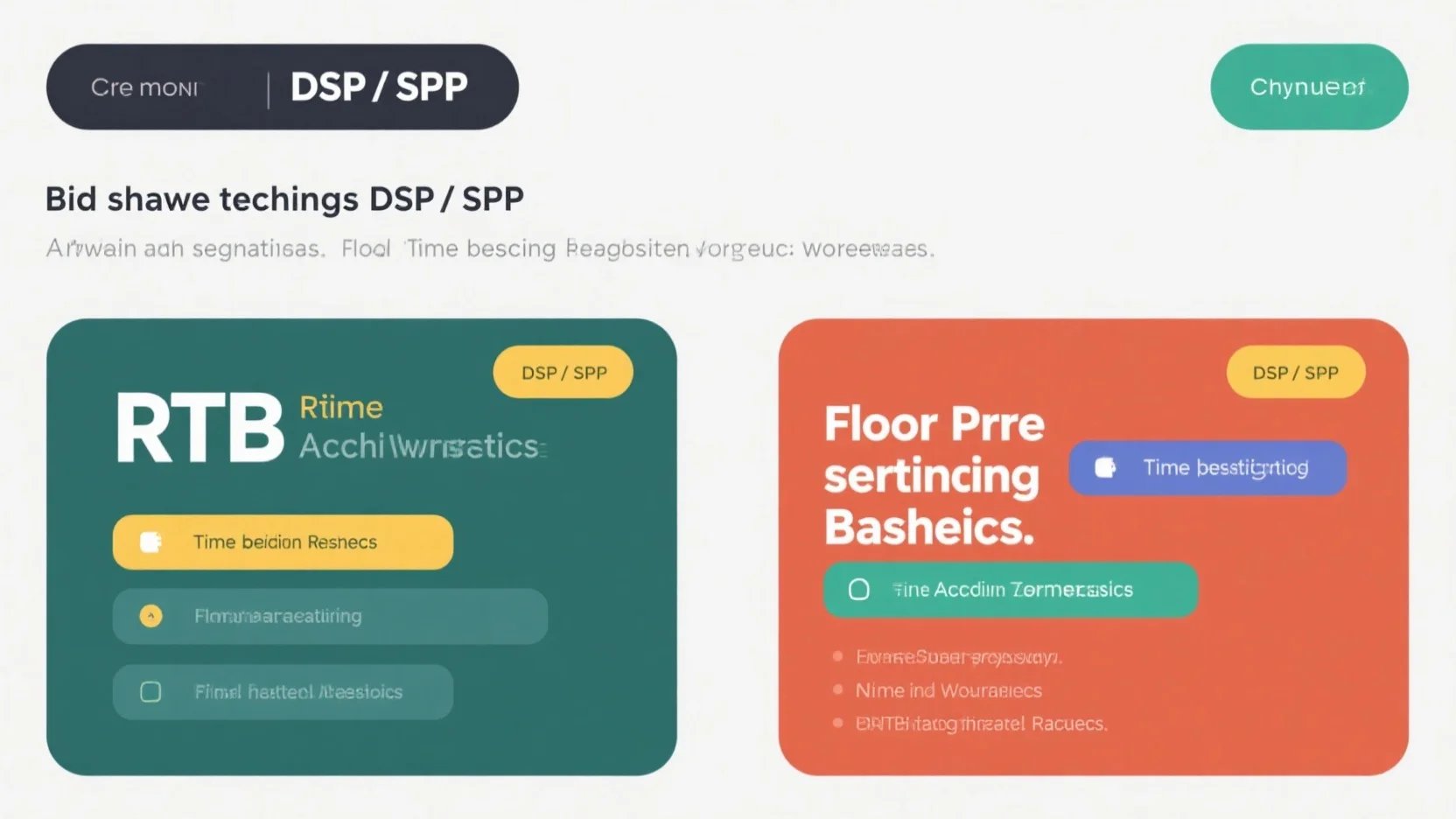
Comprehensive Guide to Real – Time Bidding: Basics, Auction Workflow, DSP vs SSP, Floor Price Strategies & Bid Shading Techniques
Are you looking to maximize your ad revenue or optimize your ad spend? Our comprehensive buying guide on Real – Time Bidding (RTB) is here to help! The global programmatic advertising market, projected to reach